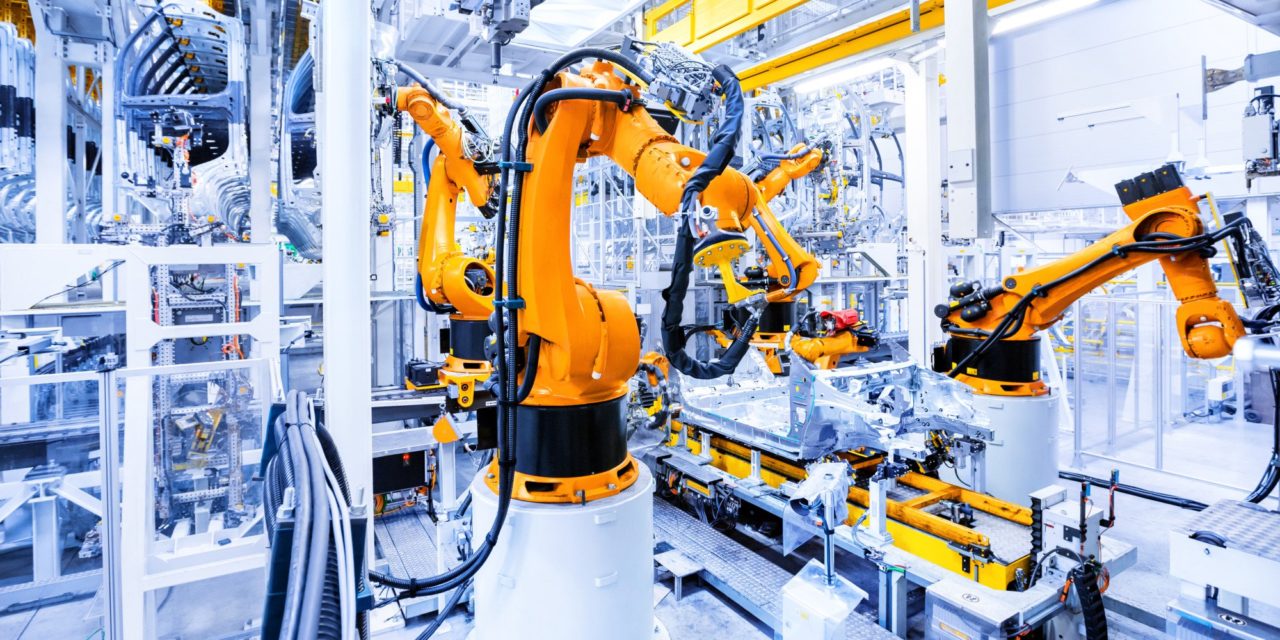In a recent Newsweek article President-elect Obama suggested setting up an infrastructure bank managed by a bi-partisan committee of Governors to allocate government development funds in a logical and fair fashion.
An Infrastructure Bank is a worthy objective and one well worth pursuing given the neglected state of US bridges, roads, levies and other needed development. However, an Infrastructure Bank even if wildly successful only reclaims America. What about the future.
A Technology Bank goes beyond managing government allocated research funds. Structured correctly the Technology Bank is self perpetuating generating many times its cost back to the tax payer and even becoming self sustaining. Let me explain how it works.
The US government already funds research through college and research centers. Our ability to speak instantly to almost anyone in the world comes from the Space Program. The Fermi National Accelerator Laboratory and its work in quantum mechanics put computers in our laps. Drugs that now cure 98% of the diseases. Many of these drugs come from federally funded research at the National Institute of Health and other research labs around the world.
The Technology Bank would be administrated by the brightest minds in the world – Nobel Prize winning and other distinguished scientists. Who better to direct funds for the best possible outcomes? Scientists understand the value of serendipitous research and can operate outside of dogma and partisan politics. By rotating the scientific board on a quarterly basis through a lottery fresh input remains a constant.
If the Technology Bank only managed Federal research funds it would be an improvement over the current system, but the Technology Bank goes further.
In the 1960s companies like Xerox funded Parc Place and AT&T funded Bell Labs. Xerox’s Parc Place is credited with the computer mouse, graphical interface and many, many other inventions. In today’s competitive industrial environment new research comes mostly from colleges. The most productive areas in the US are located near the top technical colleges. Stanford spawned Silicon Valley and MIT and other Boston universities created the tech center of Rte 128.
Paul Allen the co-founder of Microsoft pioneered the idea of periodically bringing professionals from various fields together for think tank sessions. Each session opens with a question and the panel spends time discussing possible solutions from their different perspectives. From these sessions have come hundreds of patents and profits for Allen’s companies.
The Technology Bank by bringing together the best minds in the world for discussion would leverage ideas into new technologies. The world today is a world of ideas and information. The rapid growth of Google and other high tech firms today are driven by information technology. The Technology Bank would serve as a clearing house for government research keeping the US at the forefront of technology while creating millions of new jobs.




